SLVSC76E February 2014 – May 2018 TPS92630-Q1
PRODUCTION DATA.
- 1 Features
- 2 Applications
- 3 Description
- 4 Typical Application Schematic
- 5 Revision History
- 6 Description (Continued)
- 7 Pin Configuration and Functions
- 8 Specifications
- 9 Parameter Measurement Information
- 10Detailed Description
- 11Applications and Implementation
- 12Power Supply Recommendations
- 13Layout
- 14Device and Documentation Support
- 15Mechanical, Packaging, and Orderable Information
Package Options
Mechanical Data (Package|Pins)
- PWP|16
Thermal pad, mechanical data (Package|Pins)
- PWP|16
Orderable Information
8.7 Typical Characteristics
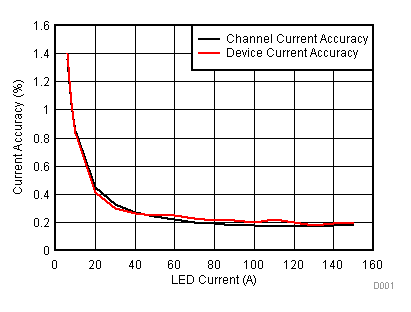
| TA = 25ºC | V(VIN) = 14 V | Three LEDs |
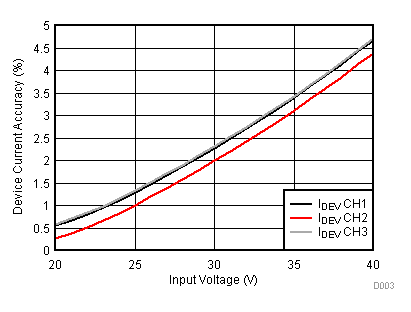
| V(VIN) = 20 V | I(setting) = 150 mA |
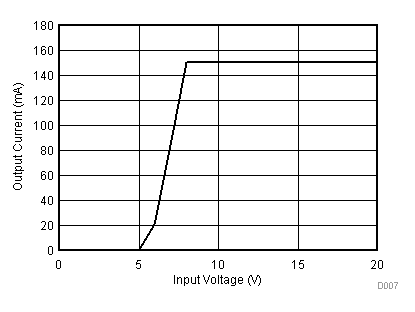
| 3 white LEDs | LEDs in series | I(setting) = 150 mA |
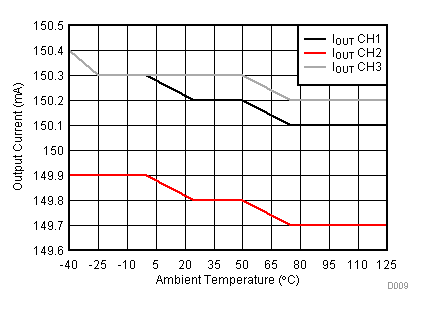
| I(setting)= 150 mA | V(VIN) = 14 V |
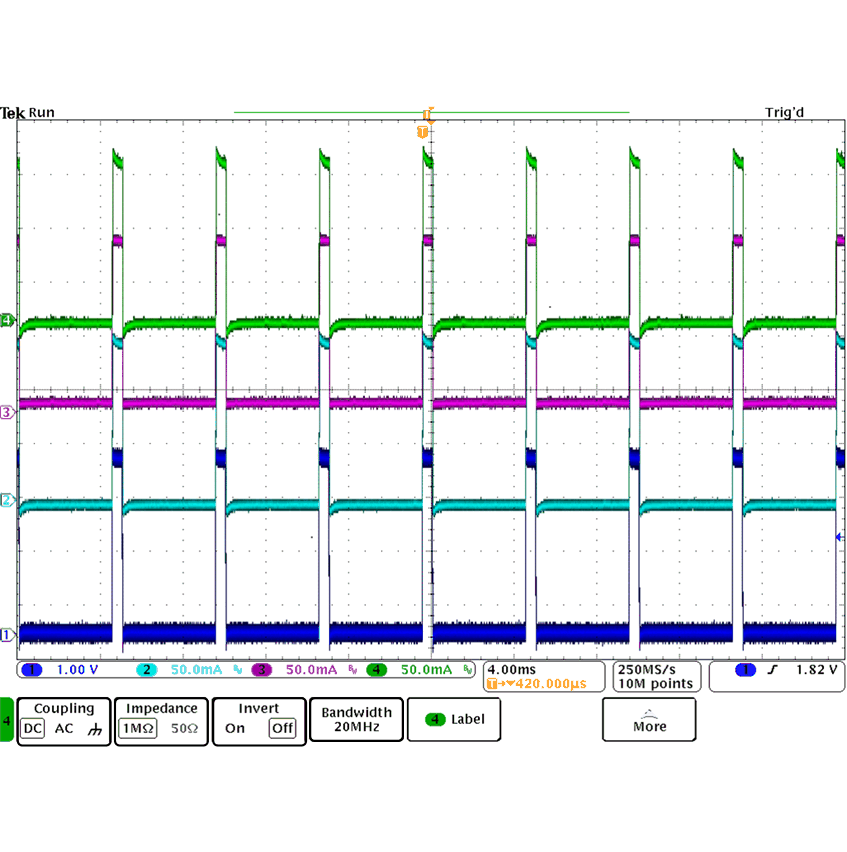
| Ch. 1 = PWM input | Ch. 2 = IOUT1 | Ch. 3 = IOUT2 |
| Ch. 4 = IOUT3 | f(PWM) = 200 Hz | Duty cycle = 10% |
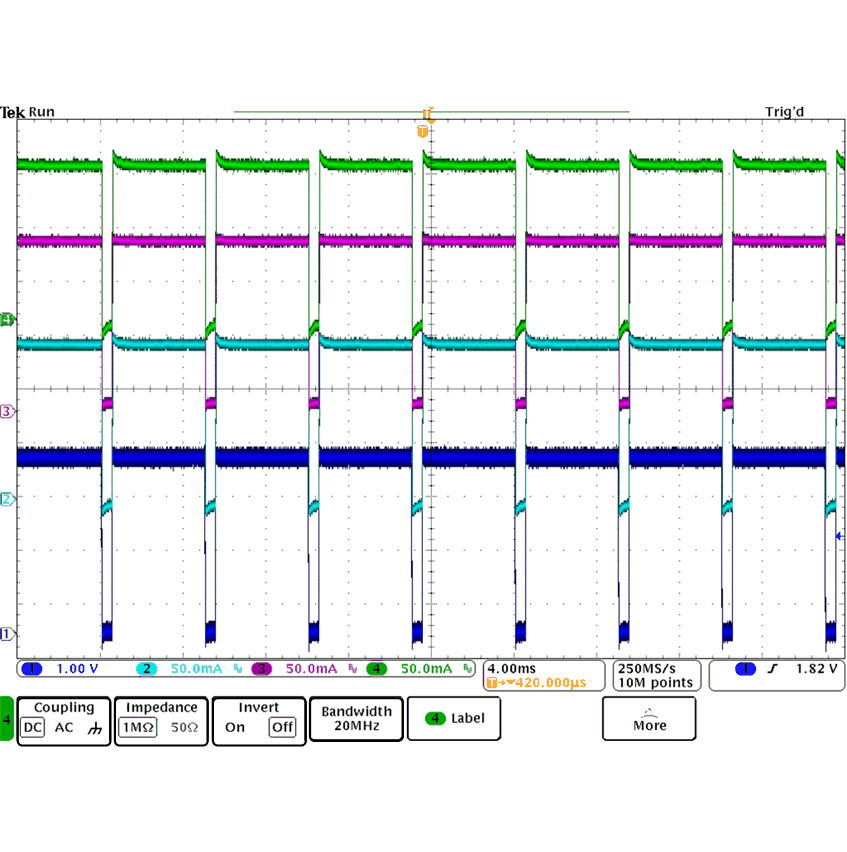
| Ch. 1 = PWM input | Ch. 2 = IOUT1 | Ch. 3 = IOUT2 |
| Ch. 4 = IOUT3 | f(PWM) = 200 Hz | Duty cycle = 90% |
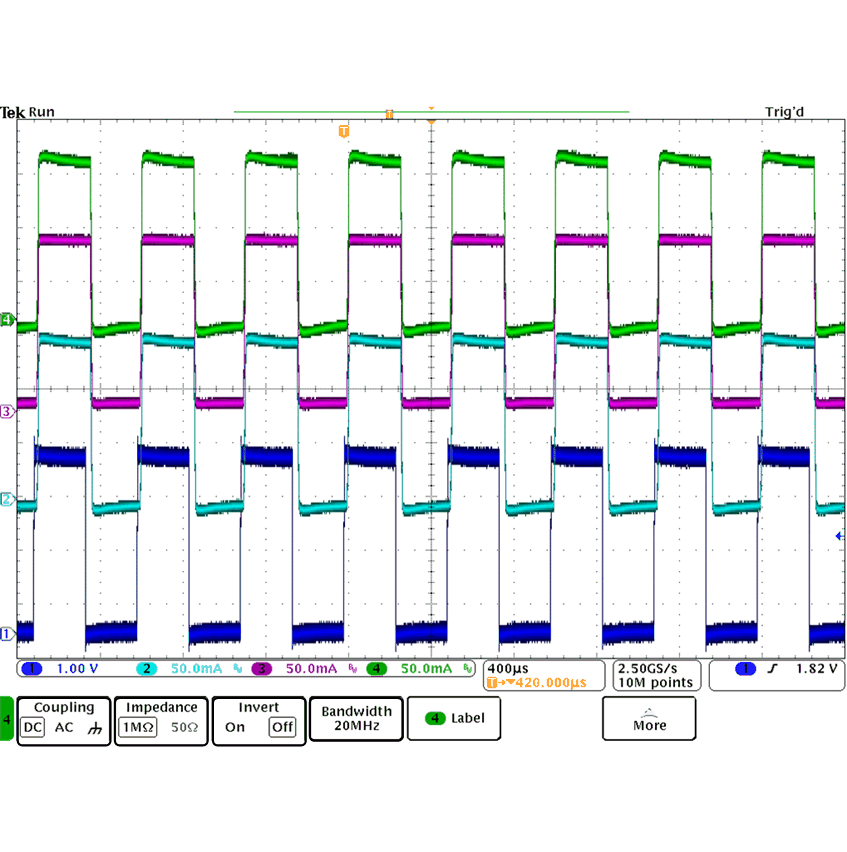
| Ch. 1 = PWM input | Ch. 2 = IOUT1 | Ch. 3 = IOUT2 |
| Ch. 4 = IOUT3 | f(PWM) = 2000 Hz | Duty cycle = 50% |
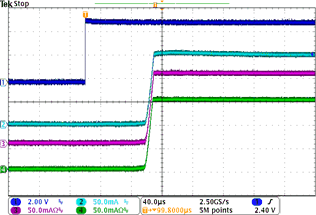
| I(setting) = 60 mA | ||
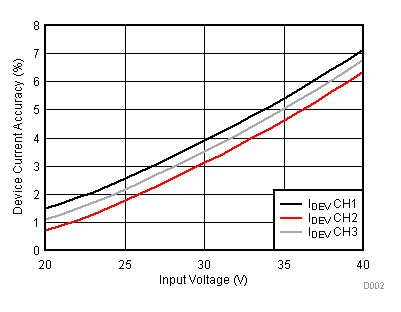
| V(VIN) = 20 V | I(setting) = 30 mA |
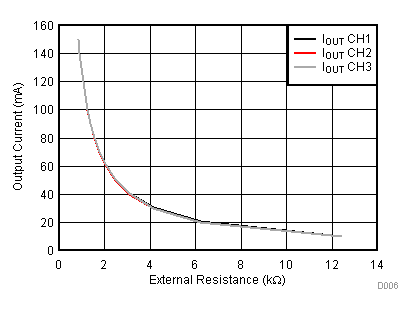
| A |
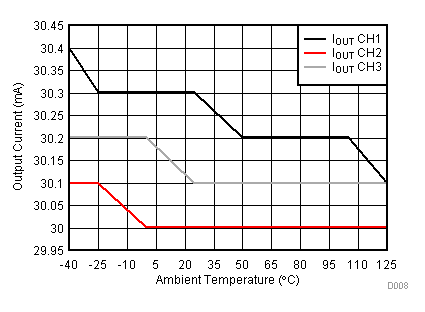
| I(setting) = 30 mA | V(VIN) = 14 V |
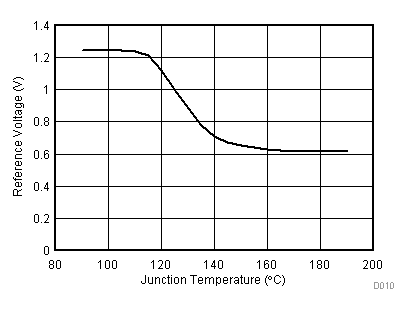
| A |
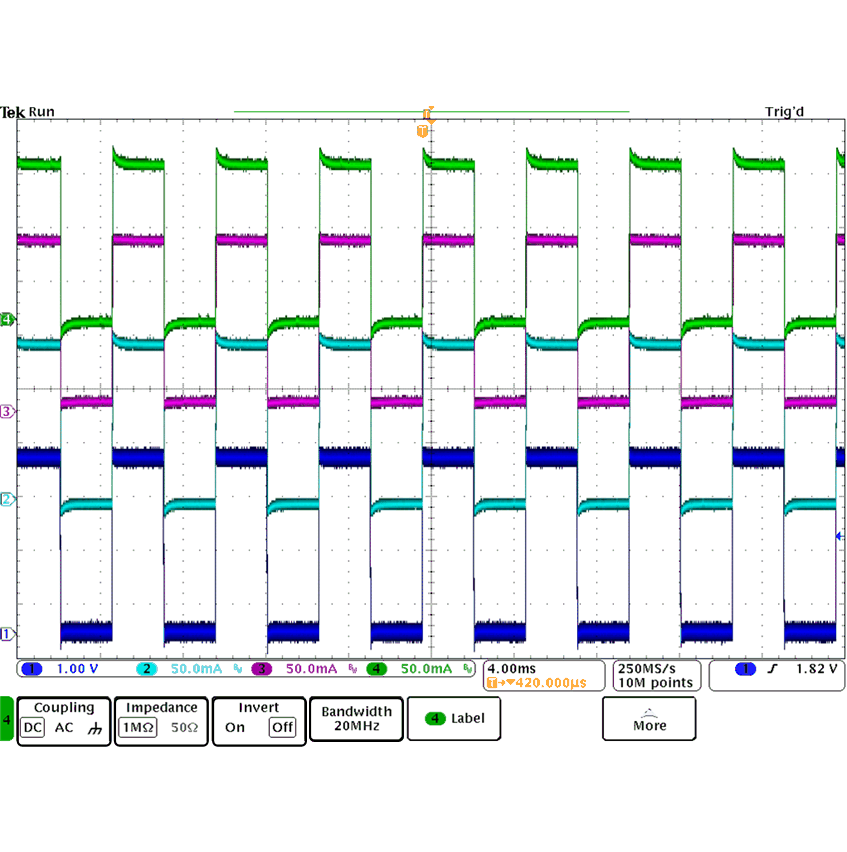
| Ch. 1 = PWM input | Ch. 2 = IOUT1 | Ch. 3 = IOUT2 |
| Ch. 4 = IOUT3 | f(PWM) = 200 Hz | Duty cycle = 50% |
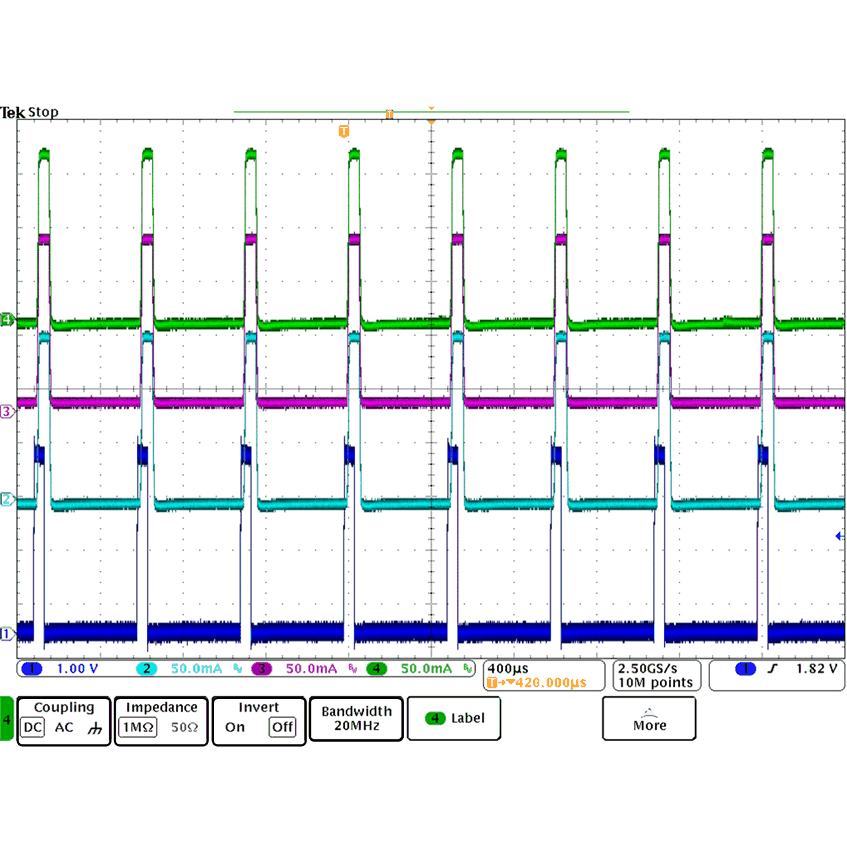
| Ch. 1 = PWM input | Ch. 2 = IOUT1 | Ch. 3 = IOUT2 |
| Ch. 4 = IOUT3 | f(PWM) = 2000 Hz | Duty cycle = 10% |
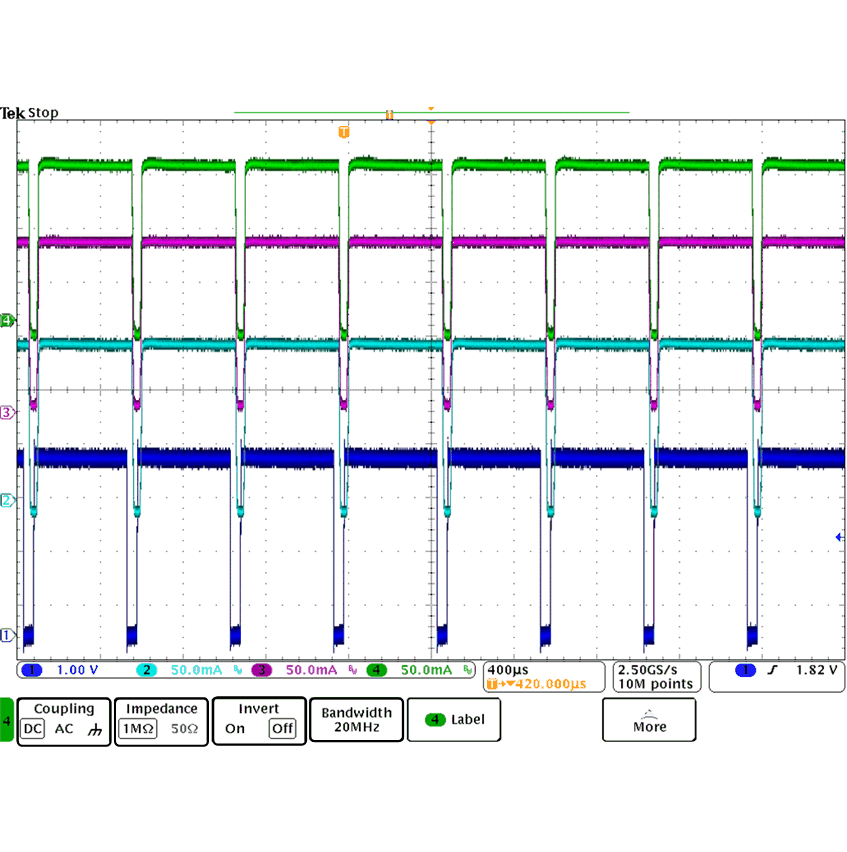
| Ch. 1 = PWM input | Ch. 2 = IOUT1 | Ch. 3 = IOUT2 |
| Ch. 4 = IOUT3 | f(PWM) = 2000 Hz | Duty cycle = 90% |
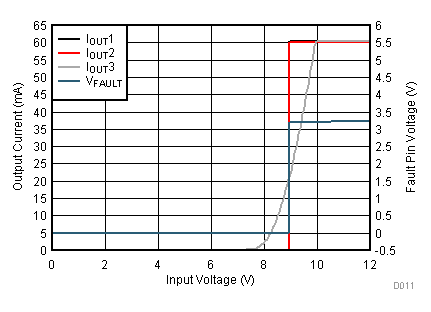
| V(VIN) = V(EN) | V(VIN) = 0 V to 12 V | I(setting) = 60 mA |
| 3 white LEDs | dV/dt = 0.5 V/min |